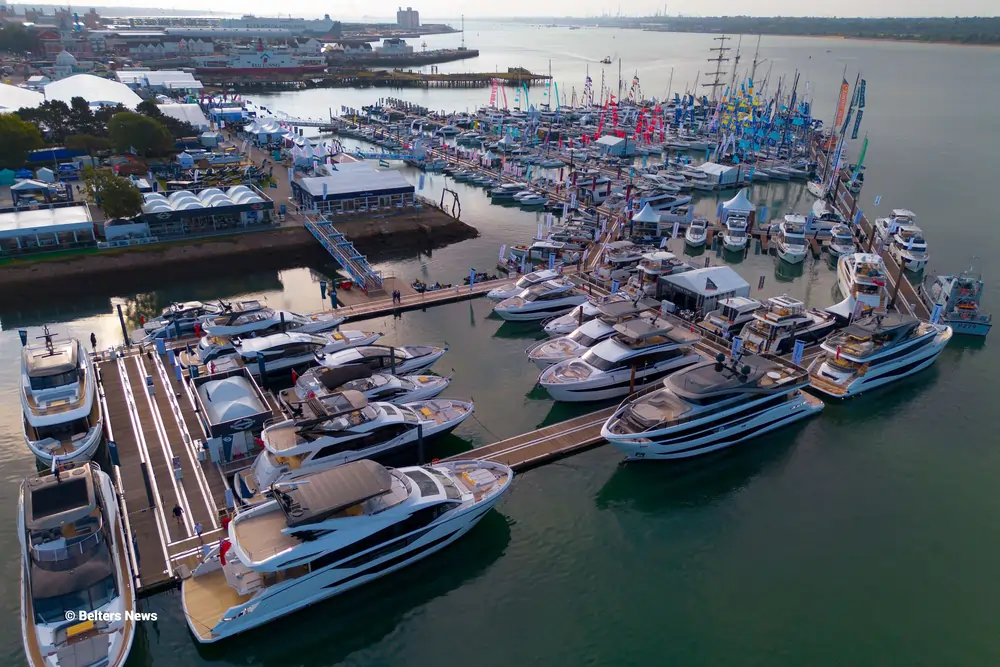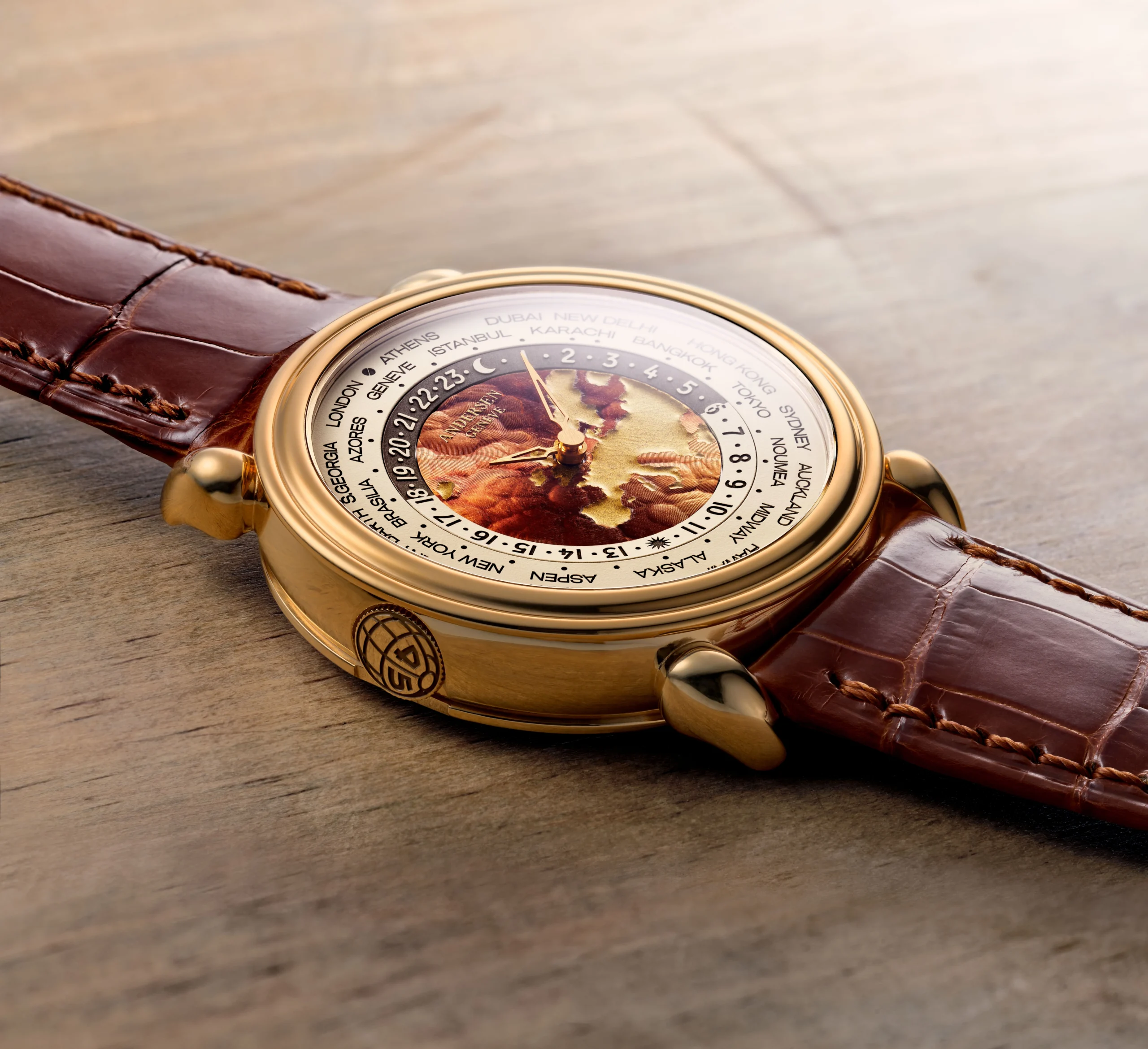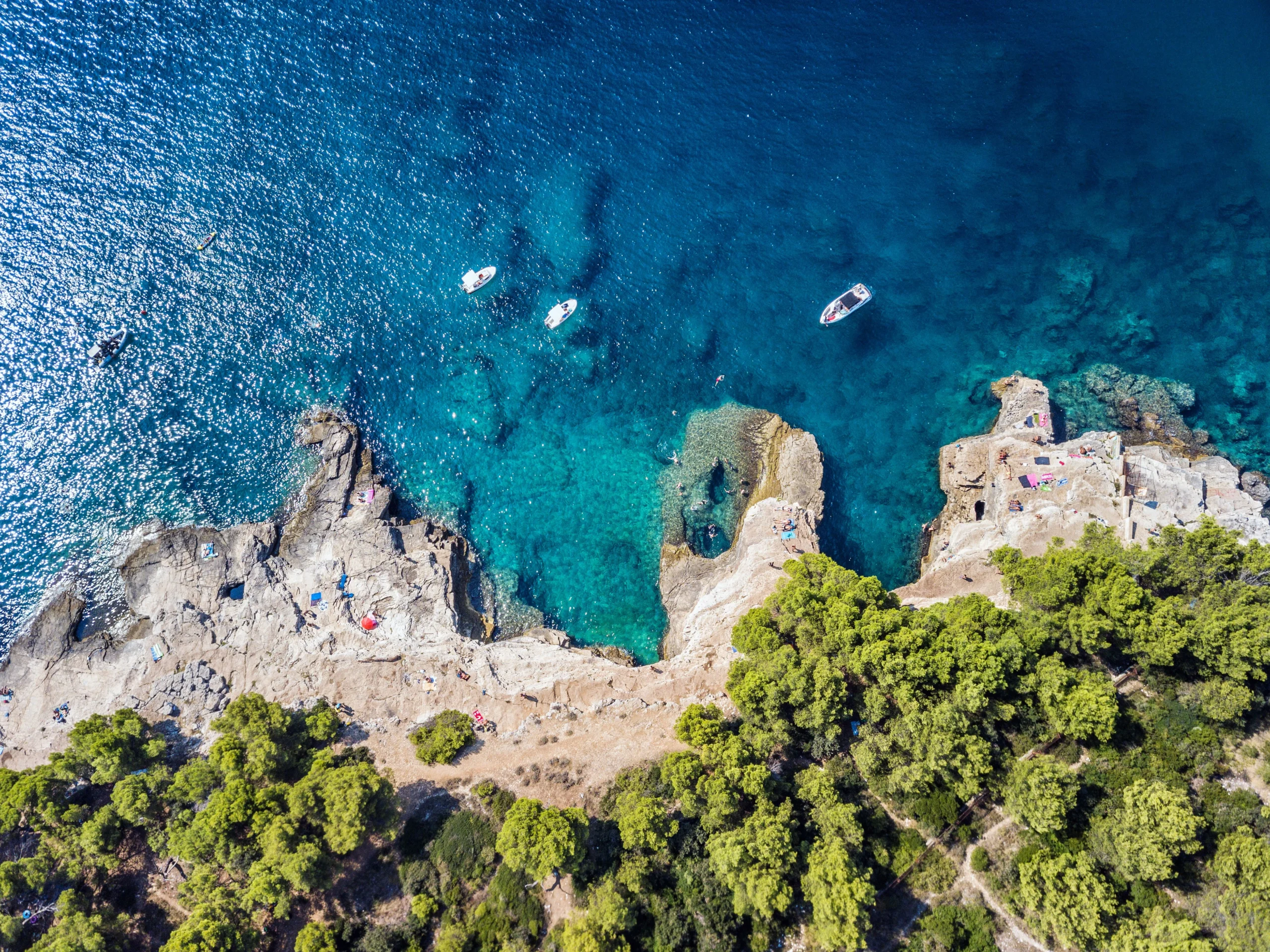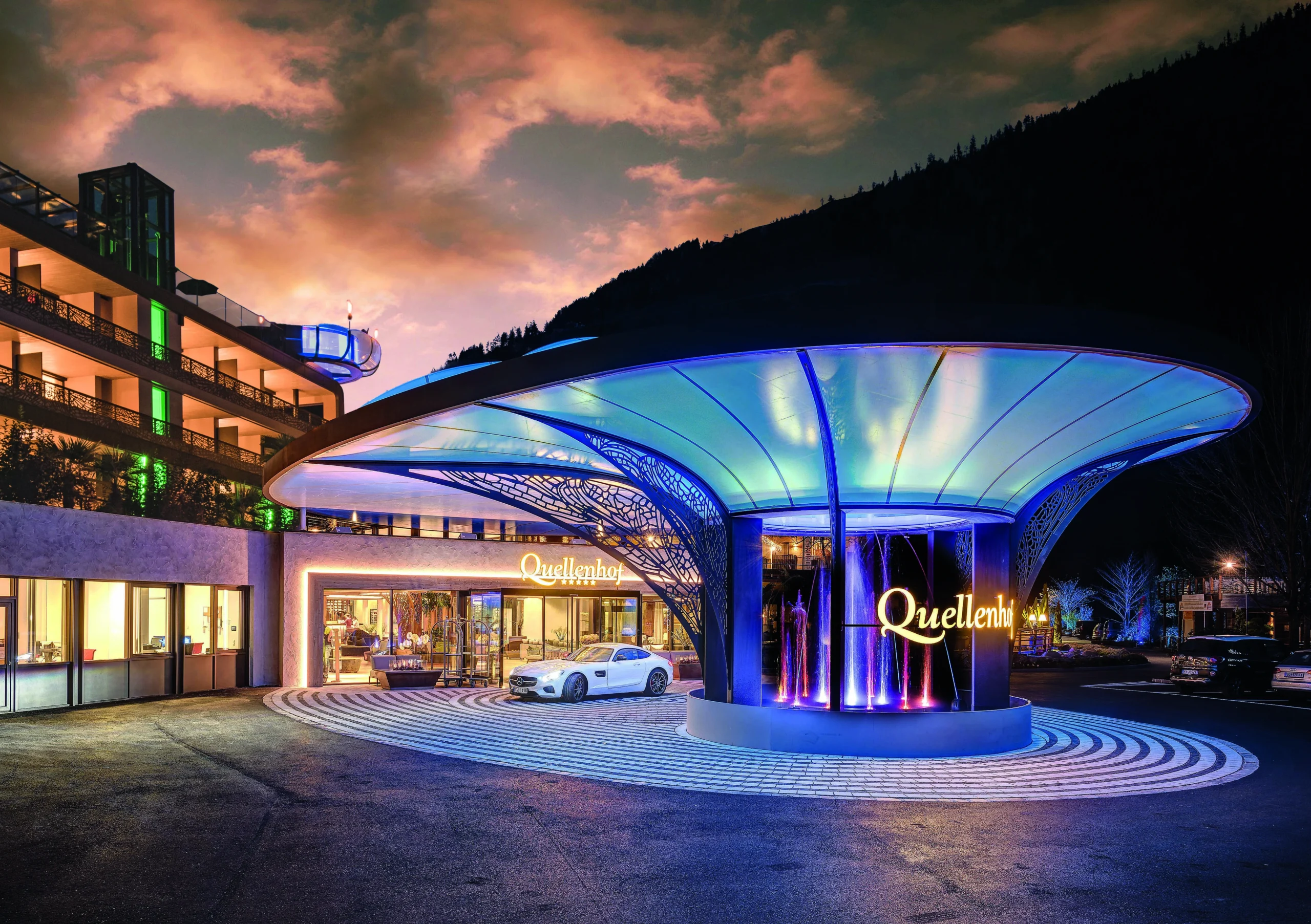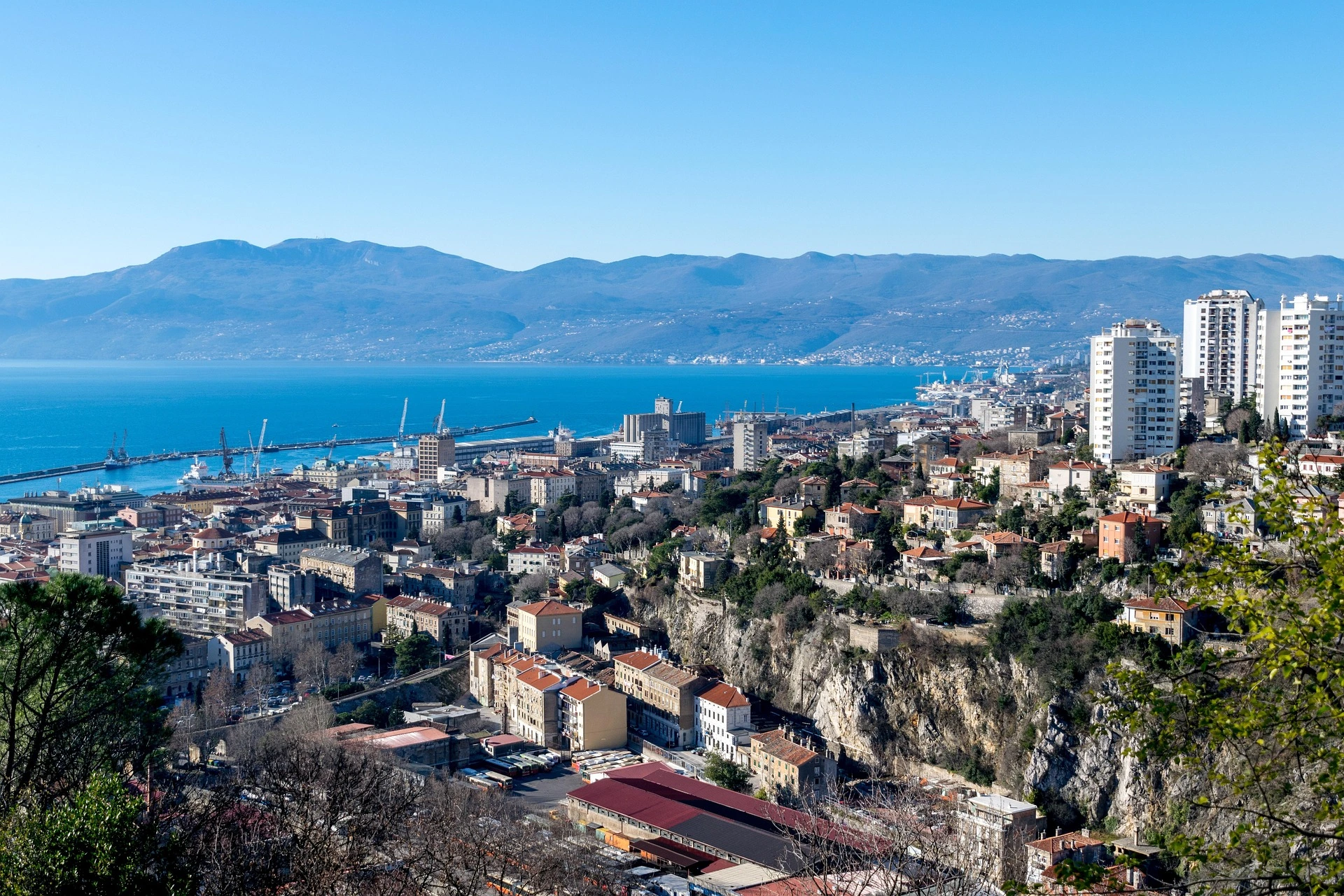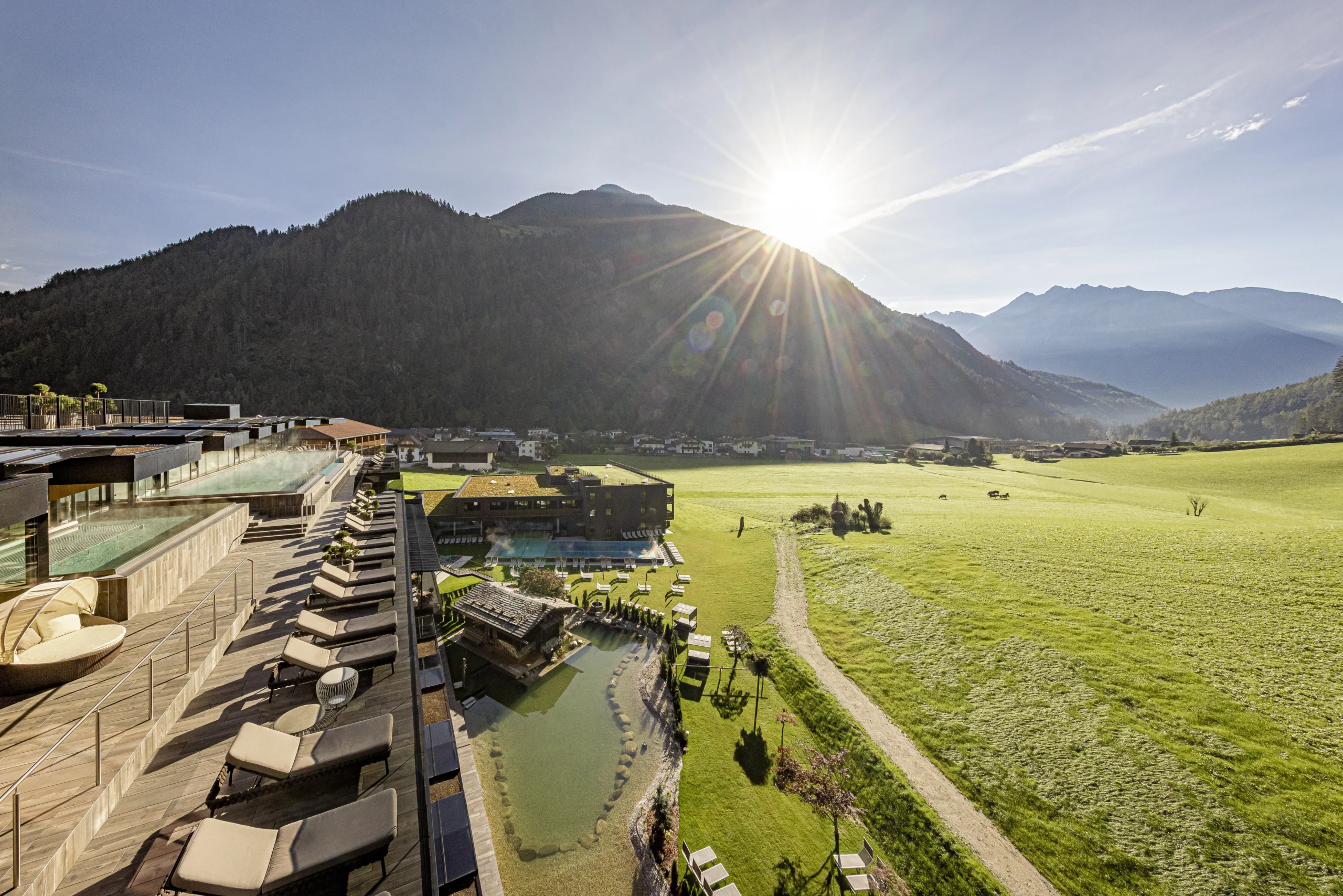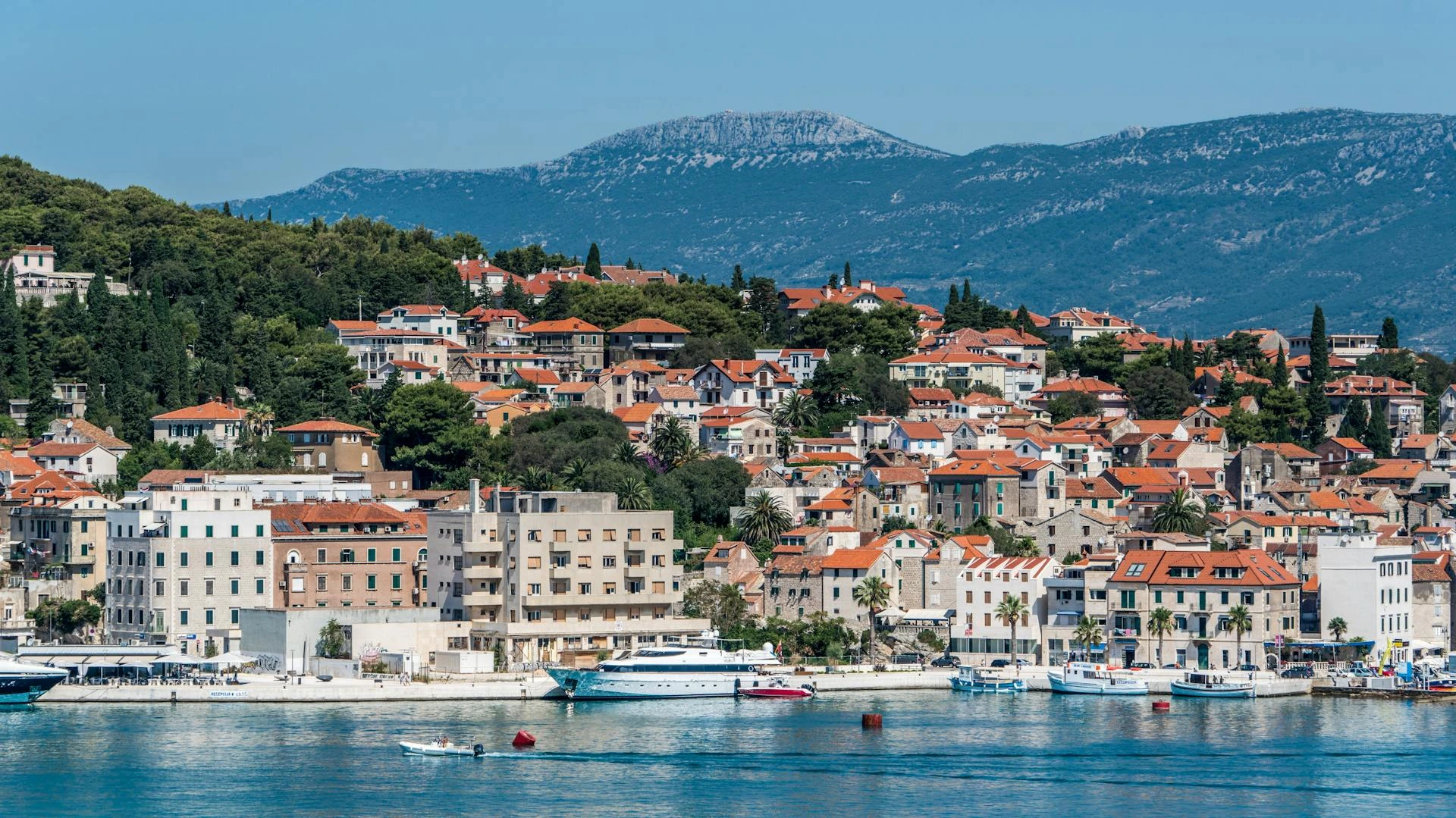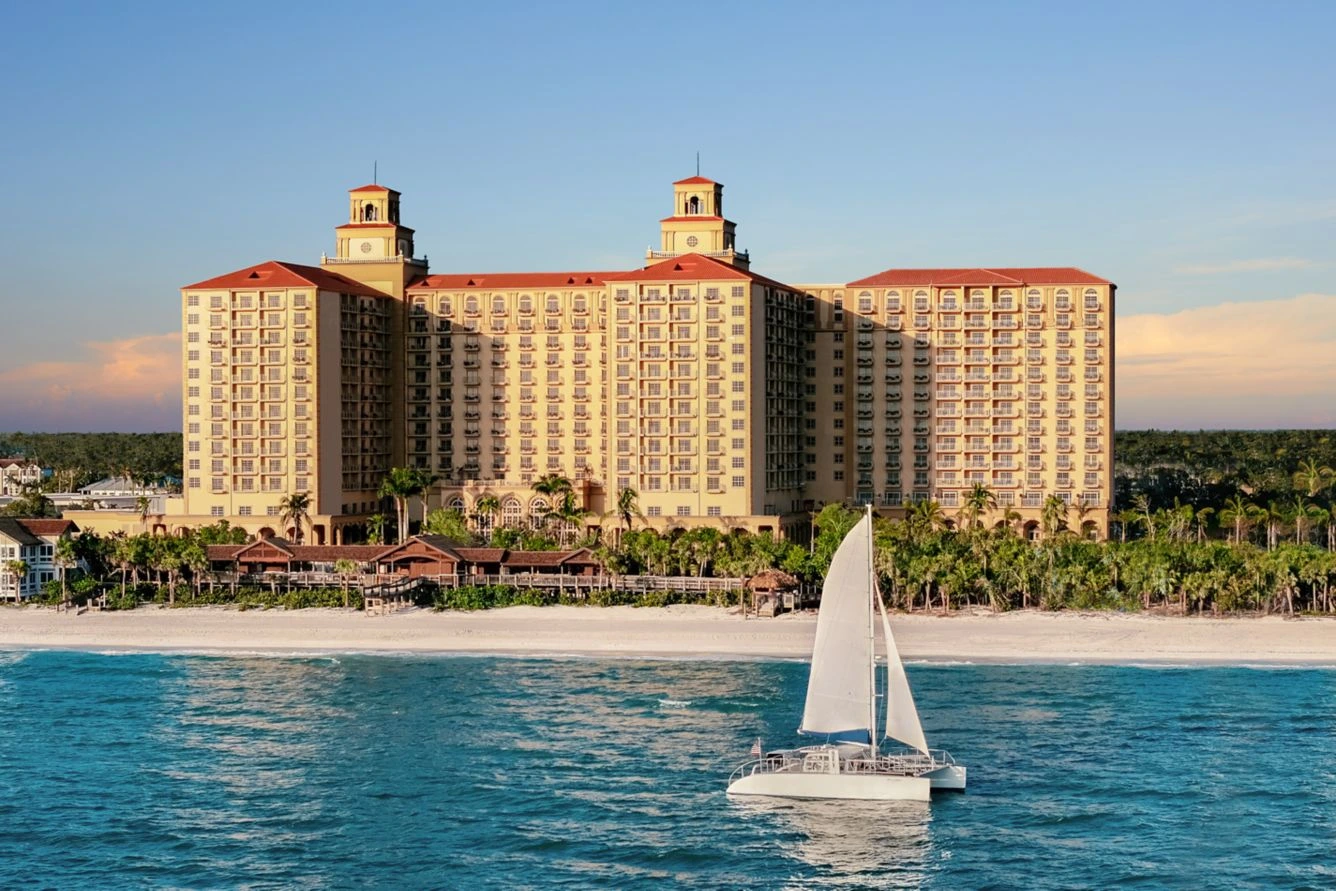Finding Nemo: Brit Entrepreneur Reaches ‘Most Remote Spot on Earth’

John E. Kaye
- Published
- Home, Travel and Lifestyle
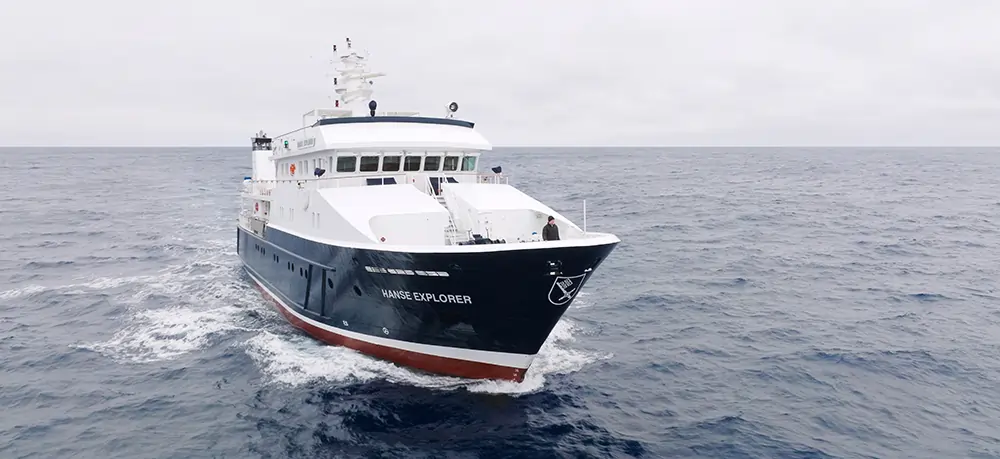
A British entrepreneur who was on the original passenger list for the doomed Titan submarine expedition has reached the most remote place on Earth – a spot in the Pacific where the closest humans are astronauts on board the International Space Station (ISS)

Chris Brown and his son Mika arrived at the Oceanic Pole of Inaccessibility, otherwise known as Point Nemo, shortly after 4pm local time on March 20th.
Its location lies in international waters around 3,000 miles off the coast of New Zealand and 2,000 miles north of Antarctica in a desolate area of the southern Pacific Ocean known best as Earth’s ‘spaceship graveyard’.
The site, which has the coordinates 48°52.6′S 123°23.6′W, is so remote that NASA and other agencies have used it to crash decommissioned satellites, including Russia’s Mir, for decades.
The nearest people are those on board the ISS orbiting 227 nautical miles overhead.
Occasional research boats and participants in yacht races have come close to Point Nemo without reaching the exact coordinates.
The pair reached the spot on board the ‘Hanse Explorer’, a 48-metre diesel-powered yacht that sailed from Puerto Montt, Chile on the 12th March.
The father-of-two, 62, who is the founder of a successful internet marketing company, has now reached six of the world’s eight Poles of Inaccessibility – the term given to the hardest places to visit on Earth.
Only the Eurasian and Northern poles, located in north western China, near the Kazakhstan border, and on the Arctic Ocean icepack respectively, remain on his “lifetime bucket list”.
Mr Brown told The European that the 10-day journey to Point Nemo with son Mika, 30, had taken five years of planning and fundraising.
It had, he said, been an “experience” – and vowed his next expedition would be “less arduous”.
The pair celebrated their achievement by taking a dip and holding up a row of bunting flags sporting the letters, ‘N.E.M.O’.
In an exclusive interview on board the Hanse Explorer, which on Tuesday was 1,000 miles off the coast of Tahiti on its return leg to Chile, he said: “We’re over the moon about reaching Point Nemo and ticking off another of the world’s Poles of Inaccessibility – my sixth.
“But it wasn’t an easy expedition by any means. It was dangerous at many times, primarily because we were so far from land, people, and rescue and as a landlubber you don’t want to be in 10m waves and 50 mph winds for too long.”
“Before I take off on my next expedition to China or the Arctic, I think I’ll do something a little less risky where the biggest decision I need to make is which beer to drink at the pool bar.”
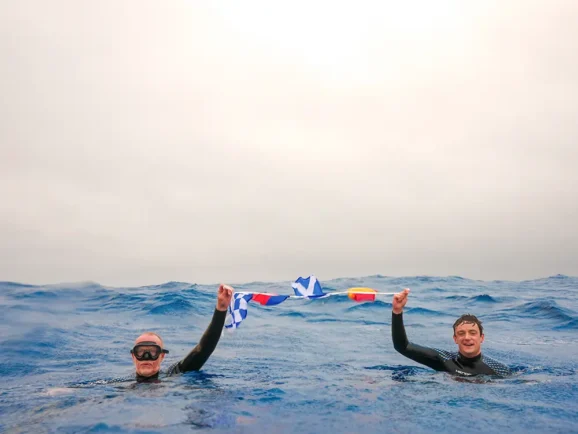
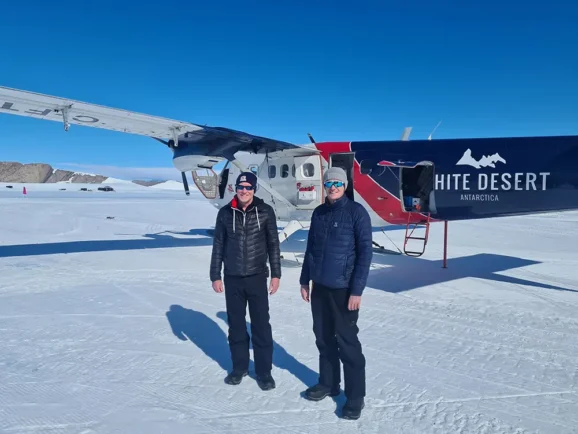
Point Nemo gets its name from Captain Nemo, the main character in 20,000 Leagues Under the Sea.
In Jules Verne’s 1870 novel, Nemo is described as antisocial, shunning the company of other people by roaming the oceans in his submarine, the Nautilus.
It was added to the list of inaccessible poles in 1992 after the Croatian-Canadian surveyor Hrvoje Lukatela used a geo-spatial computer program that incorporated the planet’s ellipsoid shape to calculate the point furthest from land.
Ocean race competitors approach Point Nemo in the leg between Auckland, New Zealand, and Itajaí, Brazil, but it is not a ‘mark’ so the boats only need to be ‘close’ to the point.
It means few ships, if any, have reached its precise coordinates.
Mr Brown first hit the headlines last year when it emerged he was on the original passenger list for the Titan submersible’s final expedition to the wreck of the Titanic.
He pulled out amid safety concerns. The Titan would later implode, killing all on board.
Mr Brown had previously visited five of the seven land-based continental Poles of Inaccessibility in Antarctica, Australasia, Africa, North America and South America.
He added: “We’re currently around 1,000 miles from Tahiti where the crew and I plan to spend a few days relaxing, diving and, of course, planning the next adventure.”

Sign up to The European Newsletter
RECENT ARTICLES
-
 Countdown to Davos 2026 as Switzerland gears up for the most heated talks in years
Countdown to Davos 2026 as Switzerland gears up for the most heated talks in years -
 Prague positions itself as Central Europe’s rising MICE powerhouse
Prague positions itself as Central Europe’s rising MICE powerhouse -
 Bleisure boom turning Gen Z work travel into ‘life upgrade’
Bleisure boom turning Gen Z work travel into ‘life upgrade’ -
 Europe’s property market shows fragile recovery as EXPO REAL survey highlights housing demand and policy strain
Europe’s property market shows fragile recovery as EXPO REAL survey highlights housing demand and policy strain -
 Inside London’s £1bn super-hotel with £20k penthouses, private butlers and a gilded eagle
Inside London’s £1bn super-hotel with £20k penthouses, private butlers and a gilded eagle -
 The five superyacht shows that matter most
The five superyacht shows that matter most -
 A world in gold: Andersen Genève launches the Communication 45
A world in gold: Andersen Genève launches the Communication 45 -
 Uber plots Channel Tunnel disruption with app-bookable high-speed trains
Uber plots Channel Tunnel disruption with app-bookable high-speed trains -
 Game, set...wax. Billie Jean King statue unveiled in New York
Game, set...wax. Billie Jean King statue unveiled in New York -
 How a tiny Black Forest village became a global watchmaking powerhouse
How a tiny Black Forest village became a global watchmaking powerhouse -
 Memories of Tehran, a city of contrasts
Memories of Tehran, a city of contrasts -
 Addiction rehab and recovery at Hope Thailand
Addiction rehab and recovery at Hope Thailand -
 Capital gains: inside Kinshasa’s flagship five-star hotel
Capital gains: inside Kinshasa’s flagship five-star hotel -
 This under-the-radar spot is Europe’s best late summer escape
This under-the-radar spot is Europe’s best late summer escape -
 Why Madeira is Europe’s ultimate island retreat
Why Madeira is Europe’s ultimate island retreat -
 Three resorts, three generations, and one extraordinary family legacy
Three resorts, three generations, and one extraordinary family legacy -
 Wellness with a view at Cape of Senses
Wellness with a view at Cape of Senses -
 Travel across five European countries by train in under one day
Travel across five European countries by train in under one day -
 Spring into Ahrntal – the best-kept secret of the Italian Alps
Spring into Ahrntal – the best-kept secret of the Italian Alps -
 Stanley Johnson discovers the Mediterranean’s best-kept secret
Stanley Johnson discovers the Mediterranean’s best-kept secret -
 You can now sleep at the Ritz for £16 — here's how
You can now sleep at the Ritz for £16 — here's how -
 Disneyland marks 70th anniversary with year-long programme of events
Disneyland marks 70th anniversary with year-long programme of events -
 Is this the ultimate camper for digital nomads?
Is this the ultimate camper for digital nomads? -
 Let It Be… your next getaway: inside George Harrison’s £40-a-night wellness retreat
Let It Be… your next getaway: inside George Harrison’s £40-a-night wellness retreat -
 Uber goes the extra mile for fares in Puerto Rico
Uber goes the extra mile for fares in Puerto Rico






